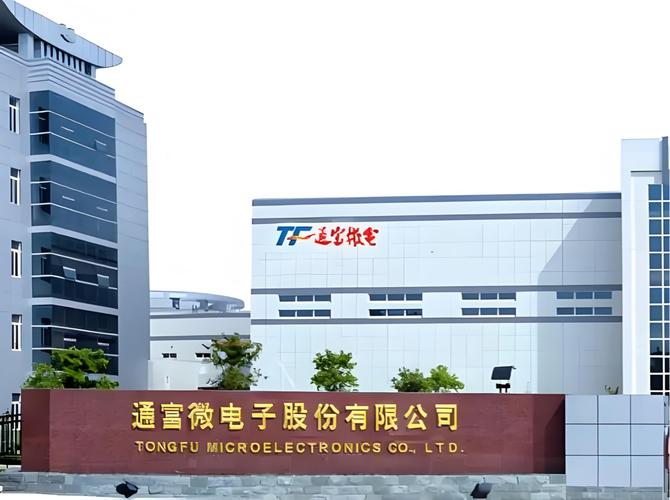Are you ready to dive into the world of 5G? The fifth generation of mobile network technology is revolutionizing the way we connect, communicate, and interact with the digital world. In this article, we’ll explore the ins and outs of 5G, focusing on its capabilities, applications, and the future it promises.
Understanding 5G
5G, or the fifth generation of mobile network technology, is the successor to 4G LTE. It offers significantly higher speeds, lower latency, and greater capacity compared to its predecessor. This means you can download movies in seconds, enjoy seamless gaming experiences, and connect more devices than ever before.

One of the key features of 5G is its use of millimeter waves (mmWave) spectrum. This allows for faster data speeds and higher capacity, but it also requires more base stations to provide coverage. 5G also supports a range of new technologies, such as network slicing, which allows operators to create virtual networks tailored to specific applications.
5G Speeds and Latency
5G promises to deliver speeds of up to 20 Gbps, which is 100 times faster than 4G LTE. This means you can download a high-definition movie in just a few seconds. However, actual speeds will vary depending on your location and the network infrastructure in your area.
Another important aspect of 5G is its low latency. Latency refers to the time it takes for data to travel from your device to the network and back. 5G offers latency as low as 1 millisecond, which is crucial for applications that require real-time interaction, such as autonomous vehicles and remote surgery.
5G Applications
5G is not just about faster speeds and lower latency. It also enables a wide range of new applications and services. Here are some of the most exciting uses of 5G:

| Application | Description |
|---|---|
| Smart Cities | 5G can enable smart city solutions, such as intelligent traffic management, public safety monitoring, and environmental monitoring. |
| Healthcare | 5G can support remote patient monitoring, telemedicine, and real-time diagnostics, improving access to healthcare services. |
| Manufacturing | 5G can enable smart manufacturing, including real-time monitoring of production lines, predictive maintenance, and automation. |
| Entertainment | 5G can provide immersive experiences, such as virtual reality (VR) and augmented reality (AR), enhancing the way we consume entertainment. |
The Future of 5G
The rollout of 5G is still in its early stages, but it’s already clear that this technology will have a profound impact on our lives. Here are some of the key trends and developments to watch for:
-
Increased deployment of 5G infrastructure, including more base stations and small cells.
-
Expansion of 5G applications in various industries, such as healthcare, manufacturing, and transportation.
-
Development of new 5G technologies, such as network slicing and edge computing.
-
Increased competition among 5G network operators, leading to better coverage and lower prices.
In conclusion, 5G is poised to transform the way we live, work, and play. With its incredible speeds, low latency, and vast array of applications, 5G is the future of mobile connectivity.